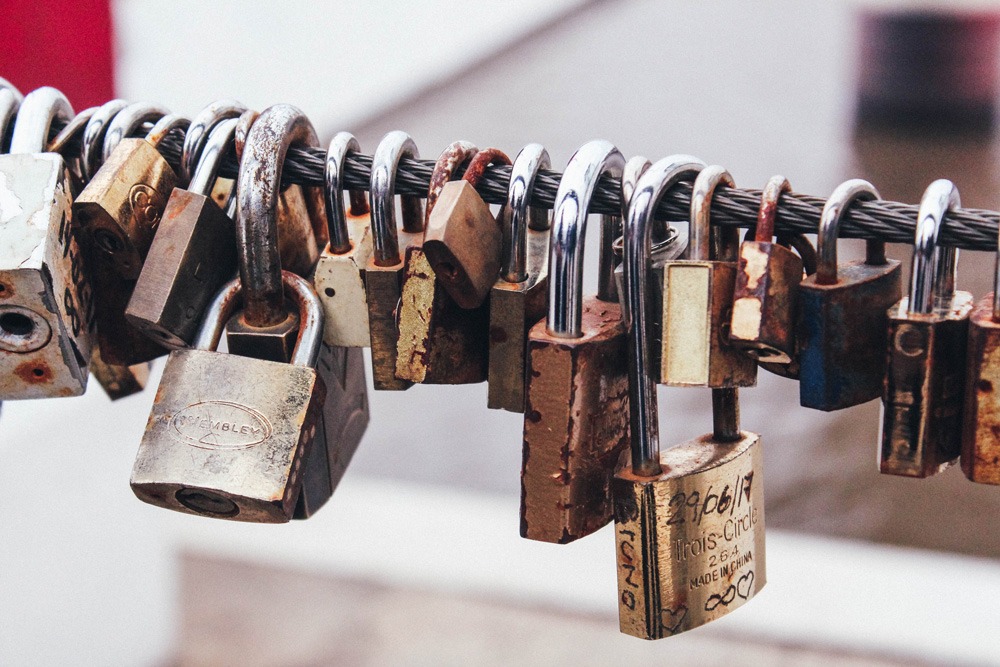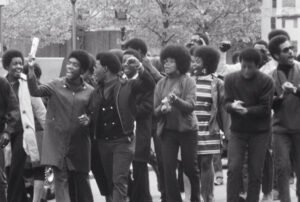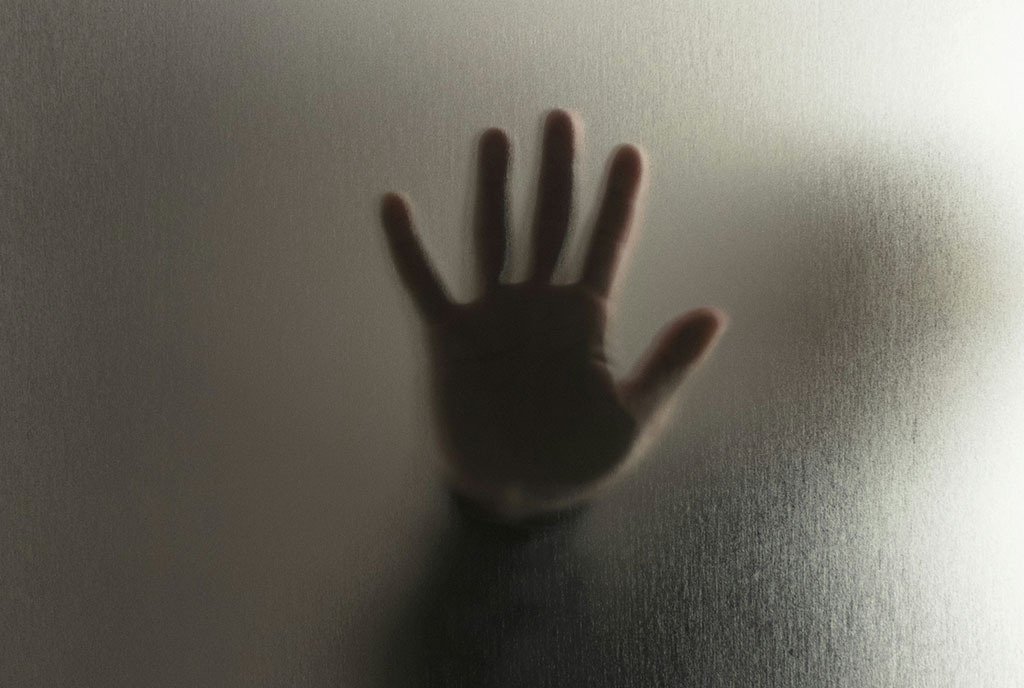
The US Department of Education recently issued a statement on the federal student loan servicer website, myFedLoan.org, that should be noted by anyone with a federal student loan who works full time for a nonprofit, the government, or other public agency (veterans also qualify). In part, the online notice states:
The Department of Education (ED) has announced a temporary change to the Public Service Loan Forgiveness (PSLF) program rules (Limited PSLF Waiver) that, for a limited time, may allow you to get credit for payments that wouldn’t normally qualify for PSLF.
Borrowers may have been recently notified of updates to their qualifying payment count. If notified before Feb. 7, 2022, the update may not fully reflect the implementation of the Limited PSLF Waiver.
Last November, I wrote for NPQ about the efforts of President Joe Biden’s administration to fix what has been a hugely dysfunctional PSLF program. But as the above statement indicates, the process is evolving. The waiver program was announced last October, but the most recent changes were made in February 2022. Loan forgiveness—or the lack of forgiveness—is at stake for hundreds of thousands of nonprofit and government staff across the country.
The waiver program has been a long time coming. It provides hope for many former students who work at public sector or nonprofit jobs—and were promised debt forgiveness in exchange for accepting those positions—of finally getting out of debt. The measure that created the right of public sector and nonprofit employees to have their student loan debt written off after making 10 years of payments had widespread support. Congress passed the legislation in 2007 by a vote of 292 to 97 in the House and by a margin of 79 to 12 in the Senate; the bill was signed into law by President George W. Bush.
Yet loan forgiveness has been a promise not kept. A survey by the California Association of Nonprofits (CalNonprofits) revealed that presently 23 percent of nonprofit staff across the country have outstanding student loan debt of $90,000 or more.
Overall, more than 550,000 people have sought forgiveness through the PSLF program, but few have gotten it. According to the Education Data Initiative, a nonprofit research group, “Prior to November 2020, 0.7 percent of eligible borrowers eventually benefited from student loan forgiveness.” In short, as of less than two years ago, not even one percent of those who are eligible for forgiveness had received it. Payments may have been disqualified because the borrower had the wrong loans or for using the “wrong” payment plan. Out of four possible payment plans, only two qualify.
The Biden administration’s measure allows—for a limited window only, which will close in October 2022—for federal student loan borrowers who made payments through the “wrong” two plans to treat those payments as if they were payments in the “right” (qualifying) plans.
And if you fail to apply within that limited window? Tough cookies. It’s back to the old norm of bureaucratic disqualification.
In response to this situation, CalNonprofits recently hosted a free, comprehensive information webinar to explain who will benefit from the new waiver program and the critically important steps to take in order to qualify for this time-limited opportunity. The recording of that webinar is available on YouTube.
In that webinar, Ashley Harrington, senior advisor to the chief operating officer at the US Department of Education’s Office of Federal Student Aid, said the waiver program has already begun to make a difference, with 70,000 borrowers having received relief through the waiver program since it was established on October 6, 2021.
Sign up for our free newsletters
Subscribe to NPQ's newsletters to have our top stories delivered directly to your inbox.
By signing up, you agree to our privacy policy and terms of use, and to receive messages from NPQ and our partners.
CalNonprofits staff also offered webinar attendees some important takeaways:
- Credit will be given for months during which any loan type was in repayment.
- All student loan borrowers face a deadline of October 31, 2022, both to consolidate their loans, if they aren’t direct loans, and to submit the necessary PSLF Form.
- To apply, a student loan borrower must confirm their employer(s) and their loan types. Qualifying loans must be in the form of Direct Loans, not Family Federal Education Loan (FFEL) or Perkins loans. (It is possible to consolidate loans if they are not direct loans and apply for forgiveness afterward).
- File a complaint if you experience any difficulties with taking the necessary steps.
All of a borrower’s time working for nonprofits should count, even if there was a break in employment.
The most important takeaway is—if you have a student loan and work for a nonprofit or one of the covered employers—do not delay. Go on the FedLoan website, the current servicer of the PSLF, and fill out the Public Service Loan Forgiveness (PSLF) & Temporary Expanded PSLF (TEPSLF) Certification & Application (PSLF form).
After the application is submitted by mail or uploaded on the FedLoan site, the borrower should receive confirmation that it was being processed . . . and notification that it is going to take some time. The letter comes from Richard Cordray, chief operating officer, Federal Student Aid, and may include this message:
Starting this month, many borrowers will begin to see updated payment counts. Both Federal Student Aid and your PSLF servicer are working hard to monitor your accounts and make sure you get credit for your progress. The work is massive. We must do it in phases. To make all the adjustments may take a few months. Please let us focus on helping you. Give us time and try not to flood our phone lines.
If your payment count increases, FedLoan Servicing will send you an account update. You will get an email or letter. It will tell you what actions, if any, you need to take. You can log in to FedLoan’s borrower portal to track your payment counts. This is the best way to check on your status.
If the borrower still has payments to make towards the required 120 payments, the waiver is permanent. In other words, borrowers can stay in whatever payment plan they are currently in until they make the requisite payments to qualify for their debt to be written off.
A caution: do not wait until the October deadline. As already indicated, the application process takes some time and borrowers must continue to make payments even if they believe they are done. (Overpayments will be sent back, in the same monthly increments as they are paid).
A second caution; print out all your records as a borrower from the FedLoan website, particularly your payment history. The Pennsylvania Higher Education Assistance Agency (PHEAA) has been acting as the service agency for the FedLoan program since the PSLF program began in 2007. However, PHEAA is going out of the PSLF servicing business. The US Department of Education last year announced that it did not renew the contract to service the PSLF program in the fall of 2021 and that the Missouri Higher Education Loan Authority (MOHELA) will become the new servicers for PSLF. Although it is stated that all records will be transferred completely, it is better to be safe than sorry.
Of course, the PSLF only reaches a fraction of Americans with outstanding student loans. All told, there are over 43 million people who have federal student loan debt. The movement to cancel this debt is ongoing and gaining momentum. The PSLF program only helps a small fraction of this larger pool. Nonetheless, the waiver program marks an important step, both for the people it directly benefits and by helping, at least in small measure, to begin to turn the enormous $1.7 trillion student loan ship around.
Note: the author uploaded her Public Service Loan Forgiveness (PSLF) & Temporary Expanded PSLF (TEPSLF) Certification & Application on January 13 and hasn’t received the results. If the waiver applies, the number of payments that count toward loan forgiveness will go from 73 to 95 out of the required 120 payments.













